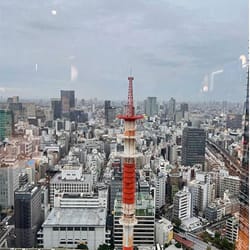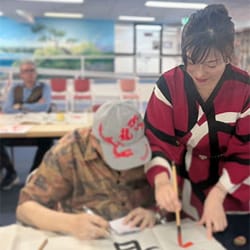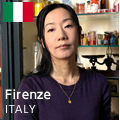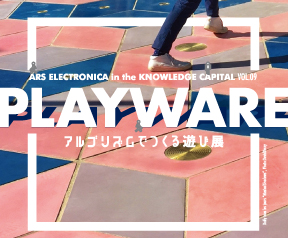Genoa is a city where street art is very present because here, as in many cities, especially international ones, this art form has been considered for several years one of the most useful tools for adding a touch of beauty to the dull urban landscape through color.
When I stroll around Genoa, I find murals and other street art everywhere: on the facades of houses, in underpasses, on the walls surrounding public gardens, on stairways and shop shutters alike, which, thanks to the brush, the colors, and the imagination of the artists, are transformed into mini works of art.
Murals in Genoa are even present on the pillars of the famous Sopraelevata, the road with which residents have a love-hate relationship. It runs between the city center and the Porto Antico, crossing a large portion of the city from the Foce neighborhood to the Genova Ovest toll booth in the Sampierdarena neighborhood.
The Walk The Line murals in Genoa on the pillars of the Sopraelevata are just one example that sums up the essence of street art in the Ligurian capital: hundreds of works of art in a wide variety of styles featuring true mural stars, many of whom share an international reputation.
The most artistically and symbolically significant murals in Genoa are undoubtedly those included in the street art projects in the Certosa neighborhood which were created on the initiative of the Municipality and which repeatedly involved private sponsors who fully funded the works, symbolically adopting them.
The theme that unites all the murals in Certosa is obviously the relationship between the neighborhood understood as a physical, economic, and social space, and the daily lives of its residents, and the impact the collapse of the Morandi Bridge had on their already difficult existences.
The tragedy of August 14, 2018, highlighted the precariousness of life in this and other neighborhoods of Genoa's Valpolcevera Valley. These neighborhoods, once subjected to uncontrolled industrialization, were later abandoned by the same industries that, with their colonization, distorted the urban plan.
The murals in Genoa can be interpreted symbolically as a desire for redemption, for compensation owed to the residents of Certosa through the use of art and beauty. They are also an attempt to attract tourists to the neighborhood who wish to explore an alternative Genoa, off the beaten path.
The goal of the murals in Genoa Certosa is certainly ambitious, and the effort is to be appreciated. However, these beautiful street art works, while adding a touch of color to the context, certainly do not change its character or erase the decay into which the neighborhood has sunk.
I would like to emphasize that many young people from the neighborhood participated in the creation of such murals, enthusiastic about having been able to contribute a little beauty to the gray and dreary streets surrounding their homes.

With the help of the artists, the young people of Certosa painted several shop shutters, creating beautiful mini-works that, precisely because they were made by them, have an even greater symbolic significance.






























































